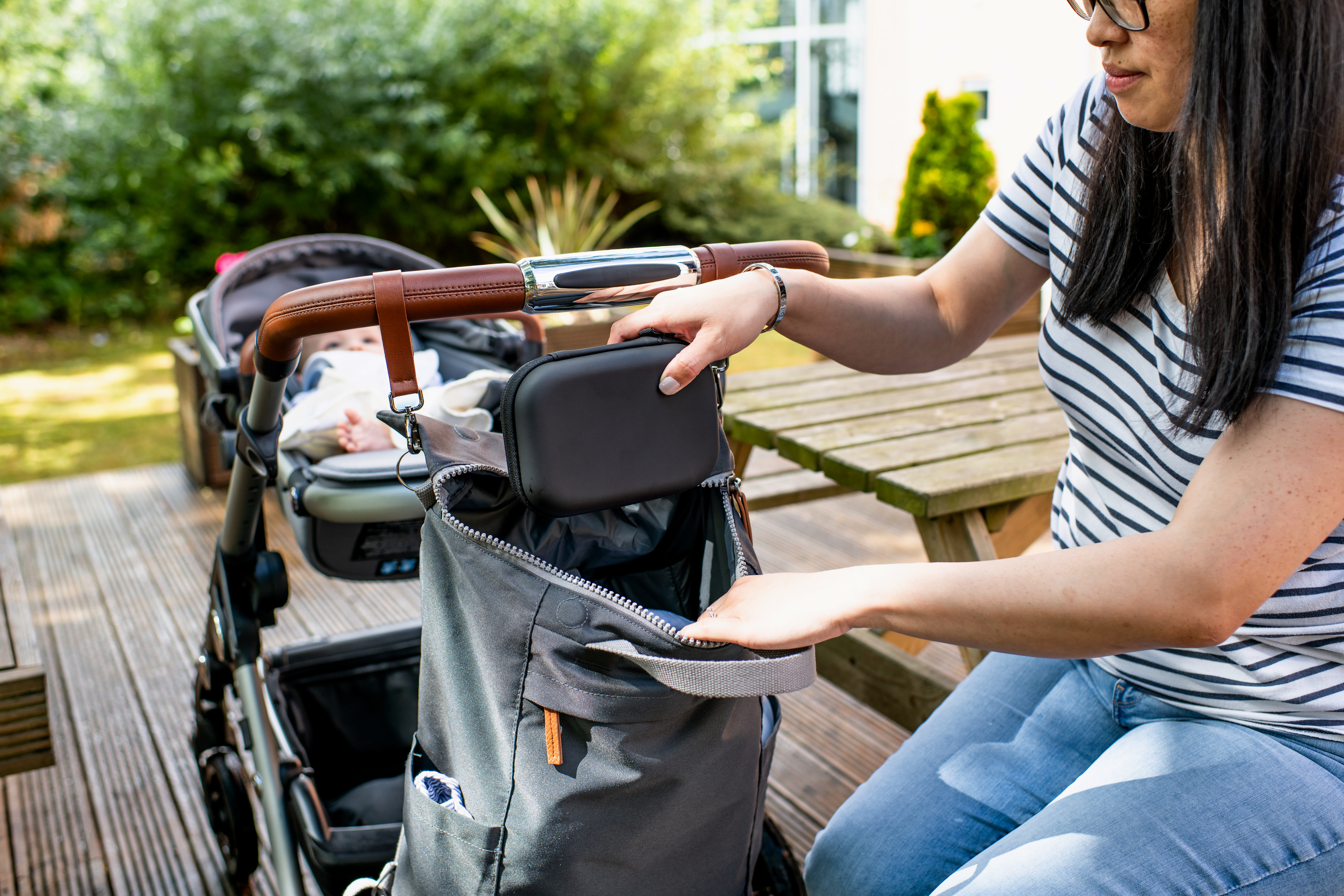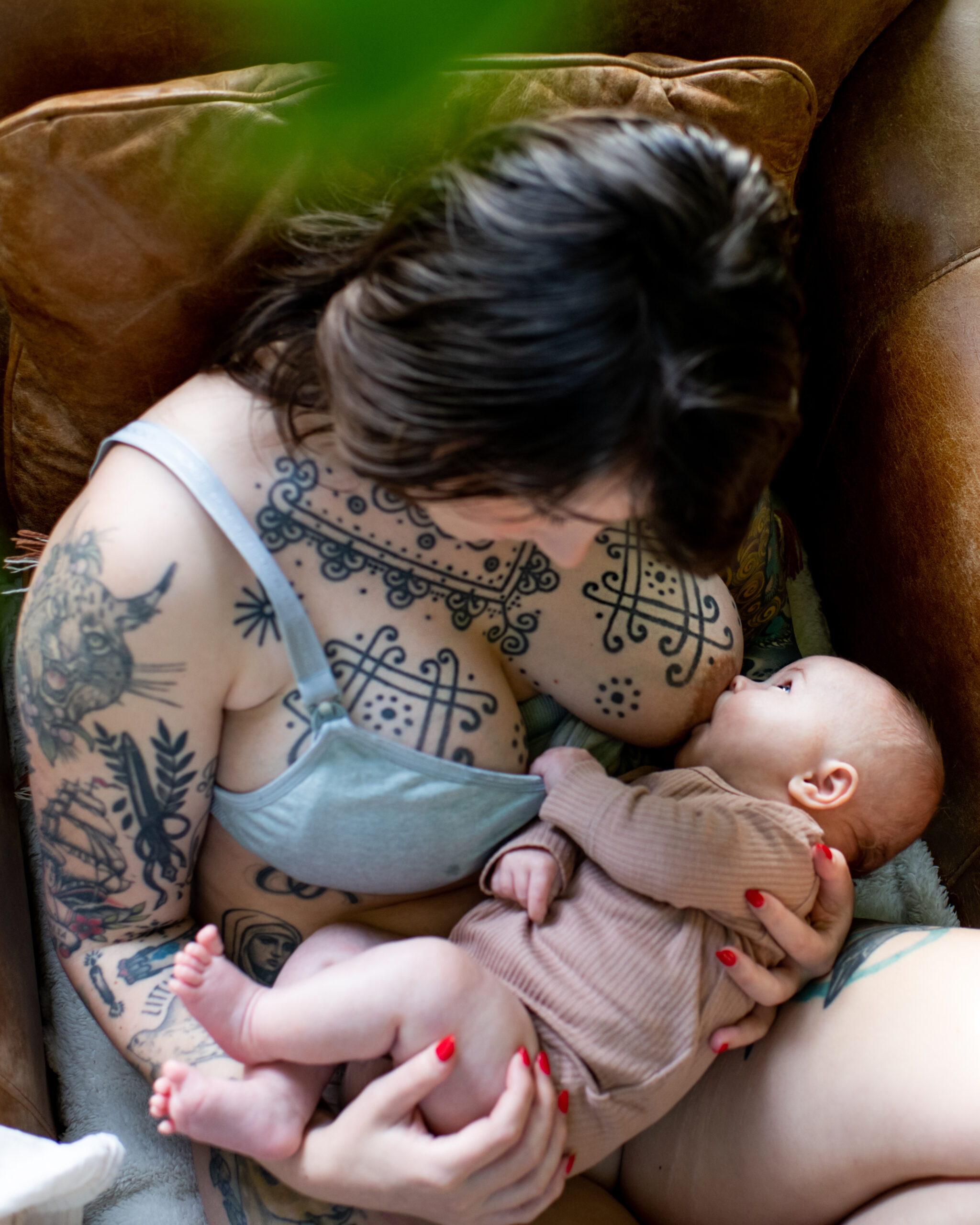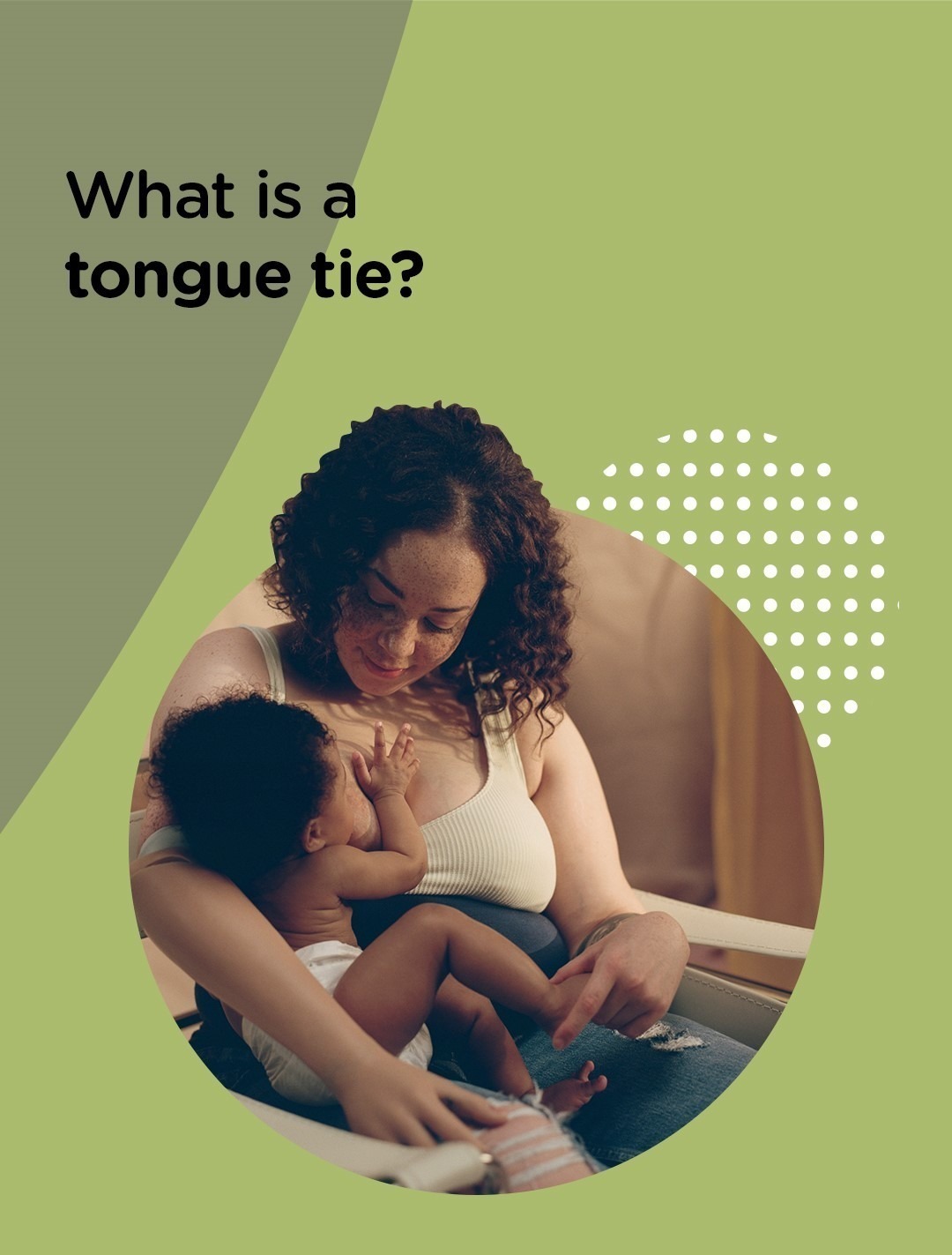Trapped wind is no fun for anyone, and unfortunately, it upsets babies too!
The truth is, it’s normal for babies to get trapped wind. But, to help you understand your little one’s trapped wind symptoms and turn frustration, frowns and cries into giggles and smiles, we’ve created this handy guide. Read on to learn more about the causes, symptoms, and ways to ease your baby’s trapped wind.
What causes trapped wind in a baby?
Babies get wind in their tummies because they can swallow a lot of air when they feed from either your breast or a baby bottle, when they cry, yawn, or use a soother. As your baby’s digestive system is still developing, it can be difficult for them to get rid of this trapped gas (by burping or passing wind like we do as adults), and this can make them uncomfortable.
Don’t worry though, trapped wind is common in babies from the newborn stage up to around three months. This is when their digestive system is maturing and they’re getting used to digesting formula or breast milk.
Baby trapped wind can occur whether your little one is breastfed or bottle fed. It’s also worth noting that some babies will experience quite bad trapped wind, while others may not at all. Premature babies may be more likely to suffer from trapped wind.
What are the symptoms of baby wind?
If your baby is experiencing trapped wind, you may notice that they:
- Become fussy and uncomfortable during or after a feed
- Spit up or is sick more than usual
- Cry, turn red, or look like they’re in pain after a feed
- Have a tummy that feels hard or firm due to bloating
- Struggle to sleep
- Clench their fists
- Arch their back and pull their legs up to their tummy
Although these symptoms can be upsetting, gas or wind isn’t usually anything to worry about. Some experts believe trapped wind is more a feeling of discomfort for babies than pain, and most of the time it can be easily relieved!
How to wind a baby
To help relieve baby wind, you should encourage them to burp after every breast or baby bottle feed. It may also help to wind or burp your baby during a feed, when they naturally take a break from their baby bottle or your breast.
Some little ones will find it easy to burp, while others might need a little help. You can pat or rub your baby’s back gently to encourage them to bring up wind. Remember that some of their feed may come with it, so be prepared with a bib or muslin.
You’ll soon find the best way to wind your baby, but you can try:
- Over the shoulder – While sitting or walking, put your baby over your shoulder. Then, support their bottom with one arm, and gently pat their back with your free hand.
- Sitting up – Let your baby sit sideways on your lap. Gently lean them forwards and support their chin with your hand. Gently pat or rub their back with your free hand.
- Face-down – Lie your baby face-down on your lap. Gently hold their chin with one hand and pat or rub their back with the other.
- Tummy massage – If the above methods don’t work, you can try lying your little one on their back and gently massage their tummy in a circular clockwise motion. This not only helps move any trapped gas through and out of their digestive system, but it also provides pain relief and a lovely bonding moment by releasing the hormone oxytocin. Movement can help too, so try moving their legs back and forward – like they’re riding a bike.
How to prevent a baby getting trapped wind
The most common cause of baby wind is when they swallow too much air from breastfeeding or bottle feeding.
Preventing baby wind when breastfeeding
If you’re breastfeeding and your baby is experiencing trapped wind, they may not be latching onto your nipple effectively. Try sitting them upright during feeds. If that doesn’t help and they are still experiencing a lot of gas, speak to your health advisor, or get support from a breastfeeding advisor.
Preventing baby wind when bottle feeding
When bottle feeding, sit your baby up as straight as possible. This helps to stop them swallowing too much air while feeding on the baby bottle or breast. Try to make sure the milk fills the teat and there are no air pockets. We recommend using a Tommee Tippee anti-colic bottle to help your baby with this.
Baby trapped wind FAQs
Does gripe water help with gas?
There are lots of medicines that claim to help with wind, like gripe water and lactase drops. Sadly, there’s no scientific proof that they work, although many parents swear by them. Speak to your family GP or a pharmacist to make sure that any medicine you try is safe for your baby.
How long should you burp a baby for?
There’s isn’t a definite amount of time that you should burp a baby, but it can really help to learn their discomfort cues. If they’re displaying these cues, it might mean that they’re still uncomfortable during or after breast or bottle feeding and need to burp again to relieve any remaining trapped gas.


